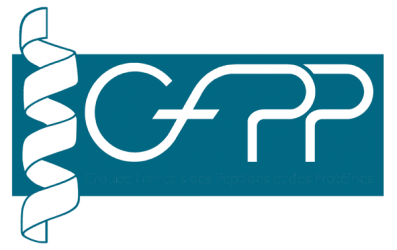The effects of functionalising the FEFEFKFK (F, phenylalanine; K, lysine; and E, glutamic acid) hydrogel scaffold using the cell-binding RGDS (fibronectin — R, arginine; G, glycine; D, aspartic acid; S, serine) epitope on the material properties and the function of encapsulated human osteoblast cells were studied. RGDS functionalisation resulted in an elongated cell morphology, suggesting attachment and increased proliferation, and decreased calcium ion deposition, suggesting lower mineralisation capabilities.
Abstract
Self-assembling peptide hydrogels (SAPHs) have been used in the past decade as reliable three-dimensional (3D) synthetic scaffolds for the culture of a variety of mammalian cells in vitro. Thanks to their versatile physicochemical properties, they allow researchers to tailor the hydrogel properties, including stiffness and functionality to the targeted cells and cells’ behaviour. One of the advantages of using SAPH scaffolds is the ease of functionalisation. In the present work, we discuss the effect that functionalising the FEFEFKFK (F, phenylalanine; K, lysine; and E, glutamic acid) hydrogel scaffold using the cell-binding RGDS (fibronectin — R, arginine; G, glycine; D, aspartic acid; S, serine) epitope affects the material properties as well as the function of encapsulated human osteoblast cells. RGDS functionalisation resulted in cells adopting an elongated morphology, suggesting attachment and increased proliferation. While this led to higher cell viability, it also resulted in a decrease in extra-cellular matrix (ECM) protein production as well as a decrease in calcium ion deposition, suggesting lower mineralisation capabilities. The work clearly shows that SAPHs are a flexible platform that allow the modification of scaffolds in a controlled manner to investigate cell–material interactions.


